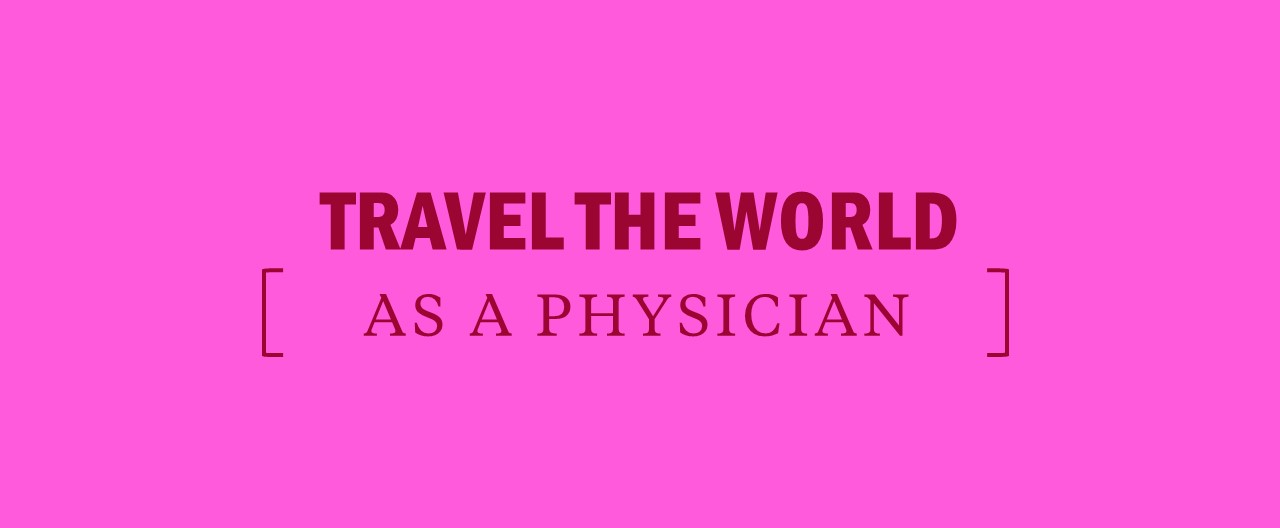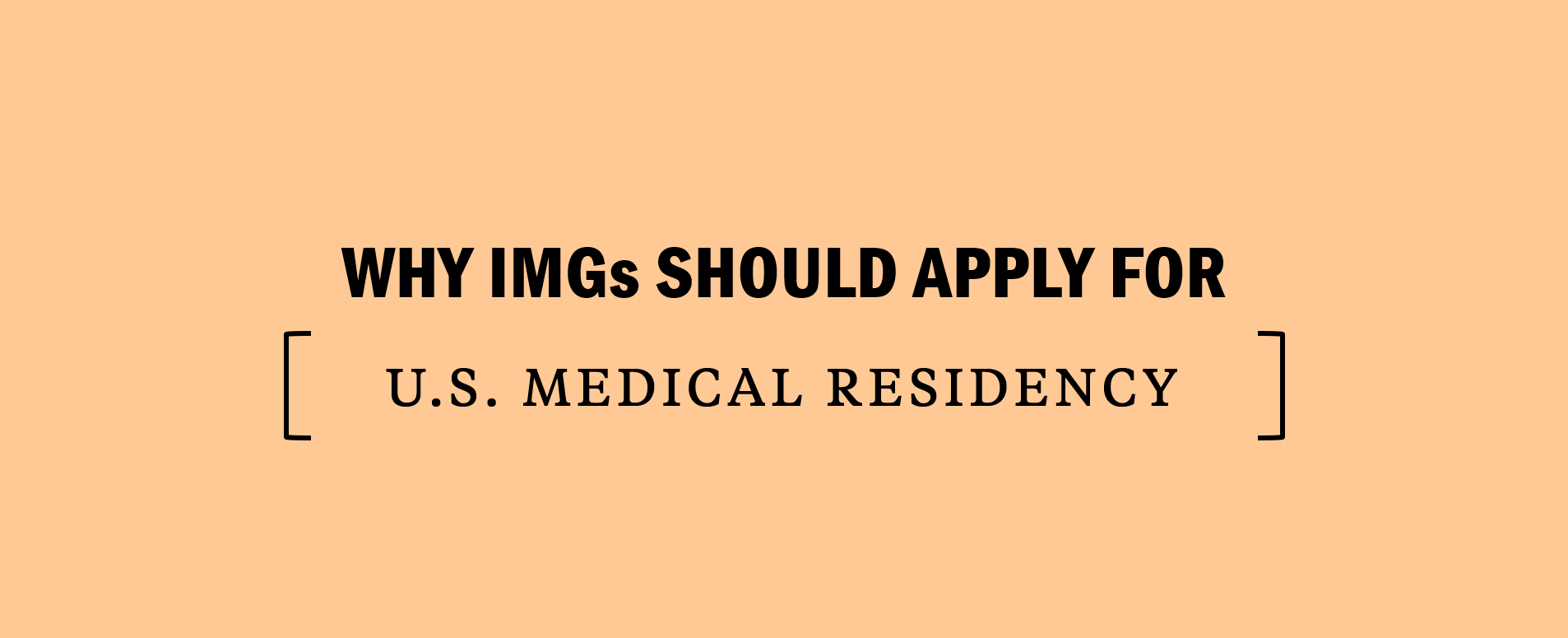ERAS Timeline: What Residency Applicants Need to Know
As an IMG, you’ll want to use the Electronic Residency Application Service (ERAS) to streamline the residency application process. It offers a centralized but flexible solution for building and delivering your application and supporting materials individually or as a package.
Since the application process takes a number of months and starts as early as the fall of your third year in med school, it helps to have an idea of the steps you’ll take—and their deadlines.
The following ERAS timeline for 2017 is a great guide to have on hand as you’re planning your internship/residency application and match process. While we’re on the subject of timelines, keep in mind that different residency programs may have different deadlines. You’ll also want to be aware of important dates at the schools where you’re applying.
The ERAS timeline and applying for residency
| June 6, 2016 | The 2017 ERAS season began on June 6 of this year. |
| June 21, 2016 | On June 21, ERAS Support Services at the Educational Commission for Foreign Medical Graduates (ECFMG)began generating and distributing tokens to IMGs. Good to know: The token is a 14-digit, alphanumeric code you’ll request from ECFMG. You need a token to register at MyERAS and start your residency application. Your token is associated with your United States Medical Licensing Examination (USMLE) ID, ECFMG Status Report, and USMLE transcript. |
| September 6, 2016 | Med students started applying only to residency programs that are accredited by the Accreditation Council for Graduate Medical Education (ACGME) on this date. Good to know: ACGME sets standards for U.S. graduate medical education programs (residencies and fellowships) and the institutions that sponsor them. In academic year 2015-2016, there were approximately 10,000 ACGME-accredited residency and fellowship programs in 150 specialties and subspecialties at approximately 800 sponsoring institutions. The number of active full-time and part-time residents and fellows was approximately 124,500. |
| September 15, 2016 | ACGME-accredited residency programs started receiving applications on September 15. |
| October 1, 2016 | Your Medical Student Performance Evaluation (MSPE) will be released to residency programs on this date. Good to know: If you can’t secure the MSPE from your medical school, you must indicate this on the Additional Documents page in the MyERAS application. A neutral placeholder letter will be provided in place of the MSPE. On October 1 of this year, it will be transmitted to the residency programs you’ve applied to. |
| December 2016 | Military match results will be available in December. |
| January 2017 | Urology residency match results will be available in January 2017. |
| March 2017 | The National Resident Matching Program’s (NRMP) Main Residency Match results will be available in March 2017. The Main Residency Match provides a uniform time for both applicants and programs to make their training selections without pressure. Good to know: Along with registering for The Match, you need to apply directly to residency programs using the ERAS. Applicants must register with both the NRMP and the ERAS to use the services of each. The Supplemental Offer and Acceptance Program (SOAP) also begins in March. During Match Week, if you’re unmatched or partially matched, you can participate in the SOAP to try to obtain an unfilled residency position. Good to know: All Main Residency Match applicants are notified about their SOAP eligibility the Friday before Match Week. The notification doesn’t tell you whether you’re matched or unmatched; it lets you know whether you can participate in the SOAP when you learn your match status on Monday of Match Week. |
| May 31, 2017 | The ERAS 2017 season ends on May 31, 2017. MyERAS closes at 5 p.m. ET. |





